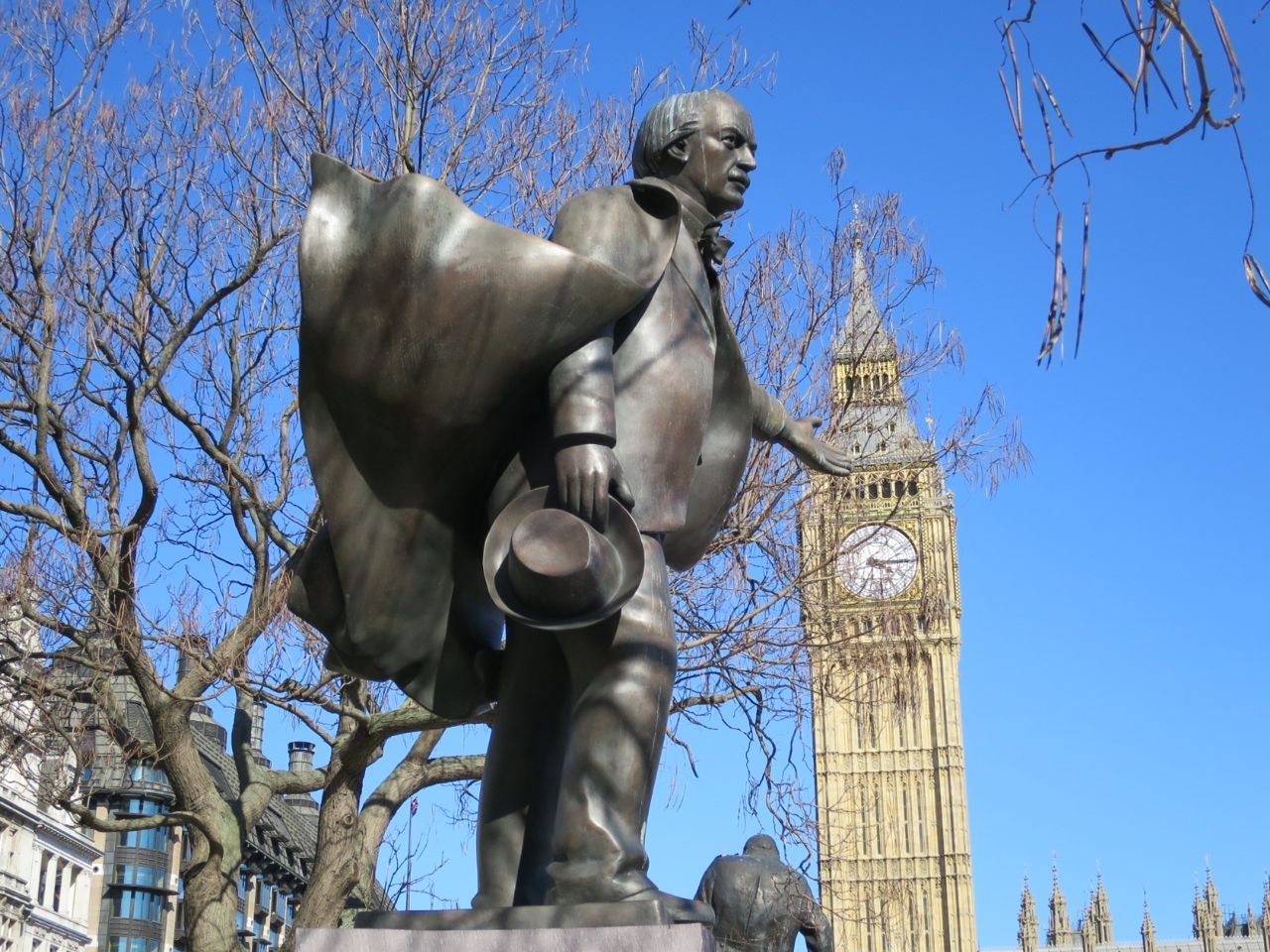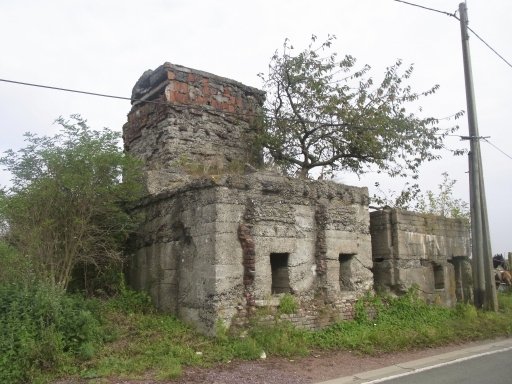A new Allied offensive was launched on May 9th 1915, with a British assault aimed at capturing Aubers Ridge in Northern France.
Its failure, following that at Neuve Chapelle two months earlier, fuelled a political row in Britain that culminated in the formation of a coalition government and a new Ministry of Munitions.
The attack was carried out in support of a plan for the French Army to capture Vimy Ridge and cut the German supply lines in the Artois region.
Newspaper reports blamed a shortage of shells for the failure. German defences were significantly strengthened after the Battle of Neuve Chapelle.
The British commander-in-chief, Sir John French, had been calling for more ammunition amid the continuing stalemate on the Western Front.
 David Lloyd George led Britain’s new munitions ministry in the wake of the so-called ‘shell crisis’ (Photo: Centenary News)
David Lloyd George led Britain’s new munitions ministry in the wake of the so-called ‘shell crisis’ (Photo: Centenary News)
At Westminster, Prime Minister Herbert Asquith also faced a damaging row in May 1915 over the lack of progress in the Gallipoli campaign against Turkey.
The volatile head of the Royal Navy, Admiral of the Fleet ‘Jacky’ Fisher, resigned three weeks after the Allied landings in a dispute with his ministerial boss, Winston Churchill.
Asquith responded by taking his Liberal Party into a coalition with the opposition Conservatives on May 25th.
David Lloyd George took charge of a new Ministry of Munitions, boosting output and setting the stage for him succeeding Asquith as Britain’s war leader in 1916.
Churchill, blamed for the failure at Gallipoli, was demoted as a condition for Conservative support.
The May 1915 coalition marked the end of Britain’s last exclusively Liberal Party government.
Sources: Wikipedia/various
Images: Centenary News
Posted by: Peter Alhadeff, Centenary News
